Table of Contents
Top Aleppo Pepper Substitutes at a Glance
Looking for Aleppo pepper substitutes? You're in the right place. Here are the top 5 best alternatives, with detailed heat levels, flavor profiles, and usage tips for every recipe.
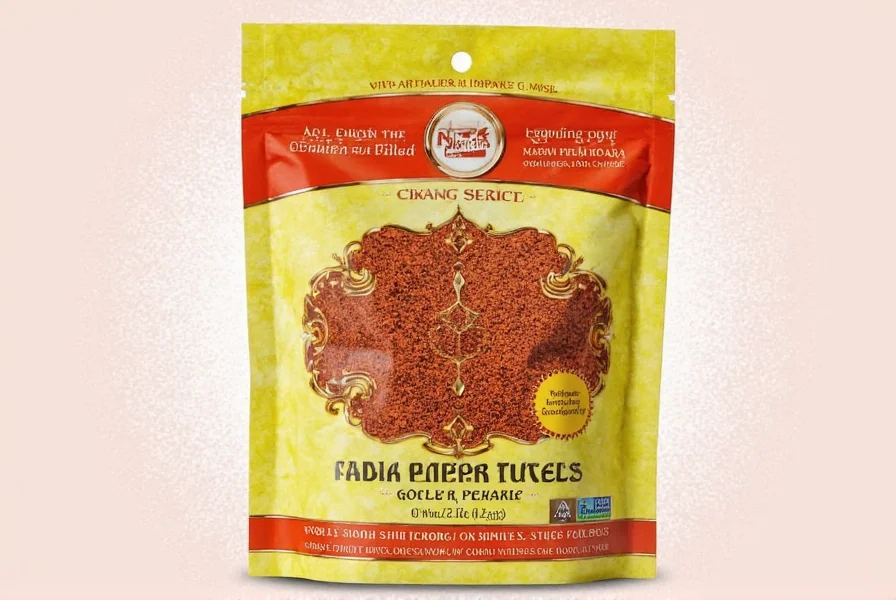
What is Aleppo Pepper Flakes?
Aleppo pepper, also known as Halaby chili, comes from Syria and is named after the city of Aleppo. These crushed red peppers offer a moderate Scoville rating (between 10,000–15,000), making them spicier than paprika but milder than cayenne. They bring more than heat—they add depth, smokiness, and a slight tang that enhances everything from roasted vegetables to grilled meats.
Their texture is slightly flaky, and they're often lightly oiled to enhance their aroma and color. Because of political instability and supply chain issues, authentic Aleppo pepper can be hard to find—or prohibitively expensive. So, it's time to get creative with your spice cabinet!
Top 5 Aleppo Pepper Flakes Substitutes
Let's dive into the best alternatives that will save your meal without compromising on taste. Each option brings something unique to the table—some mimic the heat, others the smoky richness, and some even replicate both. Here are five standouts:
Ancho Chile Powder
- Heat Level: Mild (1,000–2,000 SHU)
- Flavor Profile: Sweet, raisiny, and slightly earthy
- Best For: Slow-cooked dishes like stews, soups, and sauces
- Tips: Use 1:1 in recipes calling for ground Aleppo, but increase slightly if using flakes
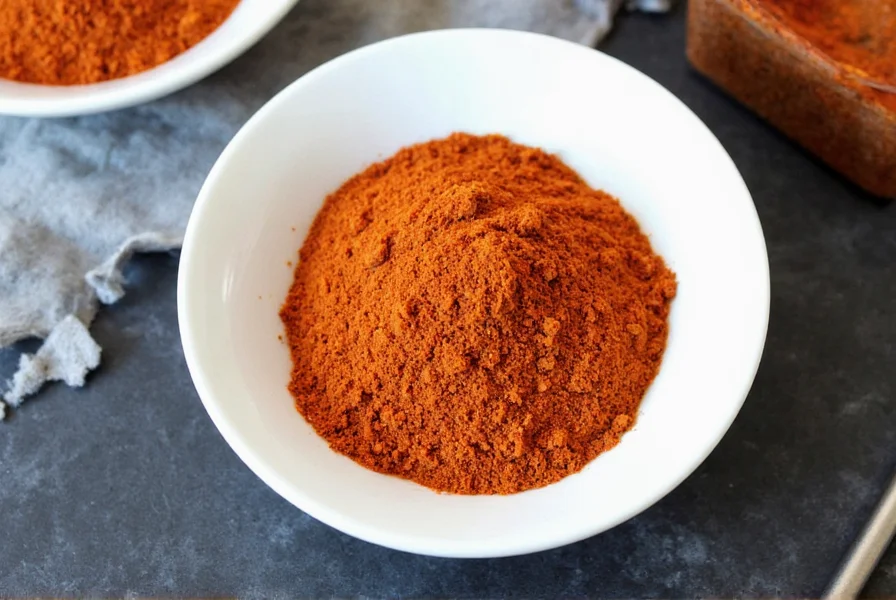
Paprika + Cayenne Blend
- Heat Level: Mild to Medium (adjustable)
- Flavor Profile: Smoky and slightly sweet with a customizable kick
- Best For: Rubs, dips, and finishing touches
- Tips: Mix 3 parts paprika to 1 part cayenne to emulate Aleppo's balance
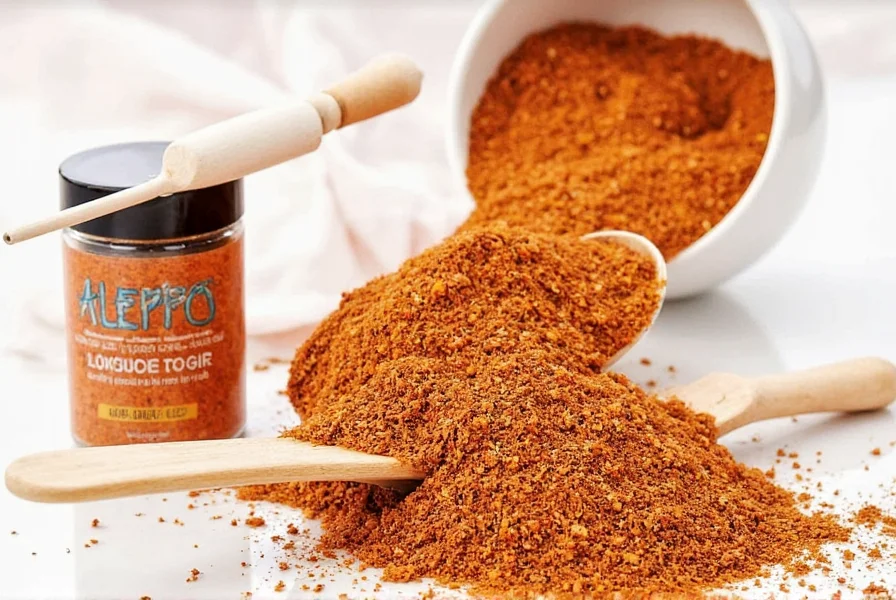
Crushed Red Pepper Flakes
- Heat Level: Medium-Hot (25,000–30,000 SHU)
- Flavor Profile: Simple, spicy, and bright
- Best For: Pizzas, pasta, and quick sautés
- Tips: Reduce quantity by half and mix with olive oil for extra depth
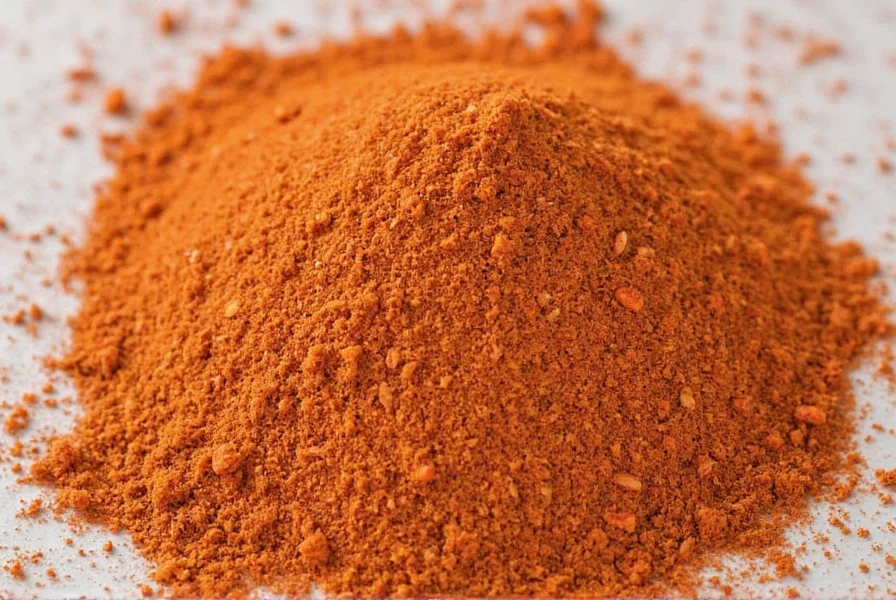
Urfa Biber (Isot Pepper)
- Heat Level: Medium (30,000–40,000 SHU)
- Flavor Profile: Smoky, raisiny, and complex
- Best For: Meat rubs, dips, and dressings
- Tips: More intense than Aleppo, so start with half the amount
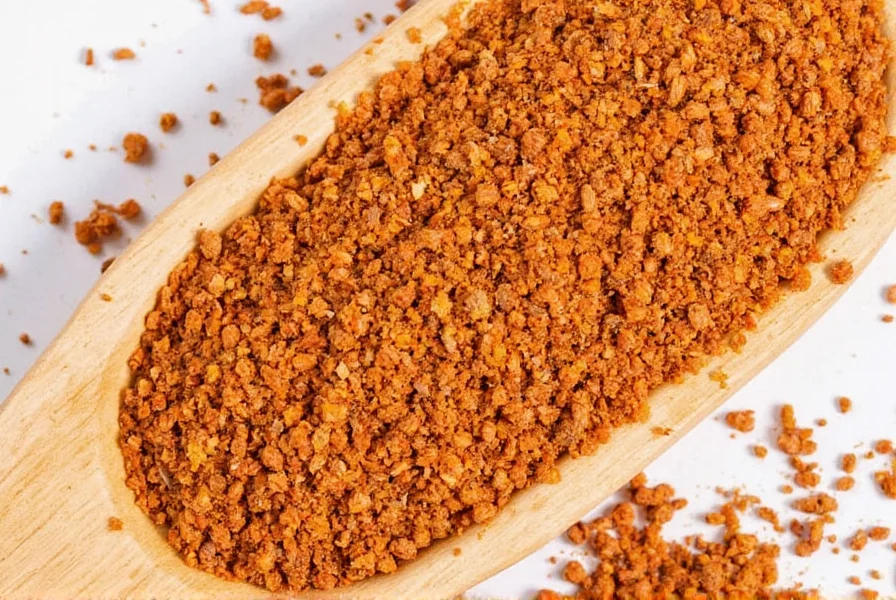
Maras Pepper (Kırmızı Toz Biber)
- Heat Level: Medium (30,000 SHU)
- Flavor Profile: Nutty, earthy, with a touch of citrus
- Best For: Turkish-inspired dishes, salads, and grilled meats
- Tips: Great standalone or mixed with other spices for balance
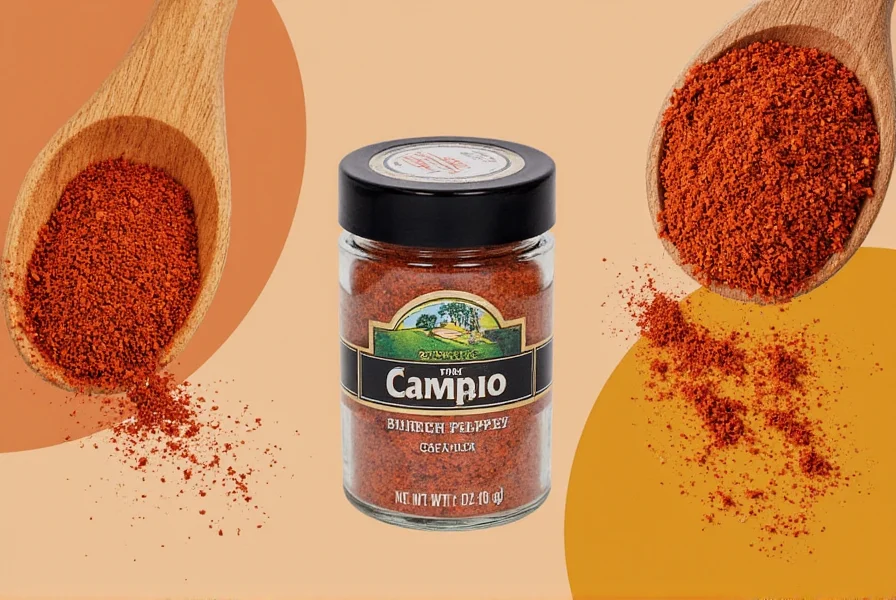
Comparison Table
| Substitute | Heat Level (SHU) | Flavor Notes | Best Uses | Usage Tip |
|---|---|---|---|---|
| Ancho Chile Powder | 1,000–2,000 | Sweet, Raisiny | Stews, Sauces | Use 1:1 for ground; more for flakes |
| Paprika + Cayenne | Mild–Medium | Smoky, Sweet, Spicy | Rubs, Dips, Finishes | Mix 3:1 ratio for balance |
| Crushed Red Pepper Flakes | 25,000–30,000 | Bright, Simple Heat | Pizza, Pasta, Sautéed Veggies | Half quantity, oil optional |
| Urfa Biber | 30,000–40,000 | Smoky, Complex | Rubs, Dressings, Meats | Start with half the amount |
| Maras Pepper | 30,000 | Nutty, Citrusy | Grilled Meats, Salads, Soups | Stand alone or blend |
Buying Guide: Choosing the Right Substitute
If you're in the market for a long-term alternative to Aleppo pepper flakes, here's a handy guide to help you pick the right one based on quality, versatility, and flavor profile:
Ancho Chile Powder
- Features: Rich, sweet flavor with minimal heat
- Advantages: Widely available, affordable, shelf-stable
- Use Cases: Ideal for Mexican, Middle Eastern, and slow-cooked dishes
- Target Audience: Home cooks looking for depth without burn
- Occasions: Everyday cooking, family dinners, holiday roasts
Paprika + Cayenne Blend
- Features: Customizable heat and flavor
- Advantages: Easy to make at home, flexible for many cuisines
- Use Cases: BBQ rubs, deviled eggs, marinades
- Target Audience: Experimenters and budget-friendly cooks
- Occasions: Summer grilling, game-day snacks, party appetizers
Urfa Biber
- Features: Smoky complexity, high-end spice
- Advantages: Unique flavor, ideal for gourmet dishes
- Use Cases: Tzatziki, eggplant dishes, meat glazes
- Target Audience: Foodies and adventurous home chefs
- Occasions: Dinner parties, themed meals, artisanal gifts
Maras Pepper
- Features: Earthy, nutty, mildly spicy
- Advantages: Adds visual flair and flavor punch
- Use Cases: Turkish dishes, grain bowls, yogurt dips
- Target Audience: Culinary travelers and spice collectors
- Occasions: Cultural celebrations, fusion meals, weekend brunches
Crushed Red Pepper Flakes
- Features: Classic heat with crunch
- Advantages: Inexpensive, pantry staple
- Use Cases: Italian pasta, pizza, scrambled eggs
- Target Audience: Casual cooks and spice fans
- Occasions: Weeknight dinners, takeout nights, picnics
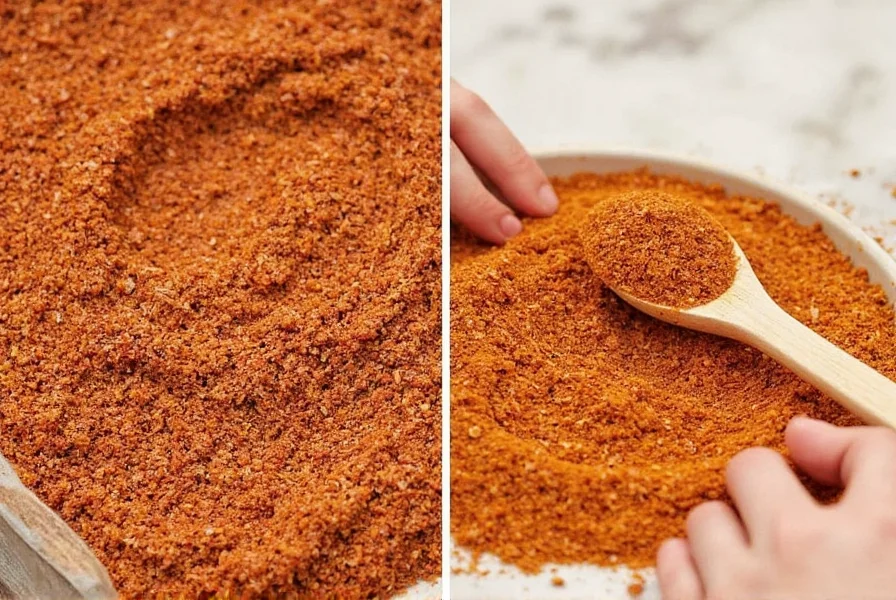
Tips for Using Alternatives in Recipes
- Adjust for Heat: Start with less and build slowly, especially with stronger substitutes like Urfa Biber or cayenne blends.
- Enhance With Oil: Toasting in olive oil can unlock more flavor, particularly with Ancho or Maras pepper.
- Mix It Up: Combine two substitutes for layered flavor, like paprika + crushed red pepper for smoky heat.
- Balance With Acid: A squeeze of lemon or vinegar can offset heavier spice blends and highlight subtle notes.
- Experiment Boldly: Don't be afraid to try unexpected pairings—Aleppo alternatives can open doors to new global flavors.
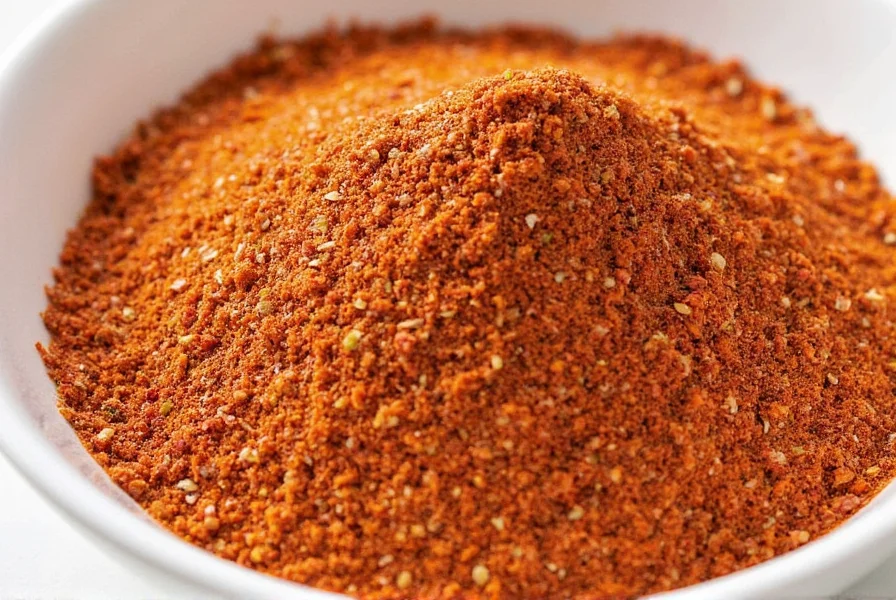
Frequently Asked Questions
What is the closest substitute for Aleppo pepper flakes?
Urfa Biber is considered the closest substitute for Aleppo pepper, offering a similar smoky, complex flavor profile with a comparable heat level (though slightly hotter). If you can't find Urfa Biber, a 3:1 blend of sweet paprika and cayenne pepper provides the best balance of flavor and heat that mimics Aleppo pepper's characteristics.
Can I make my own Aleppo pepper substitute at home?
Yes! The easiest homemade substitute is a blend of 3 parts sweet paprika to 1 part cayenne pepper. For a more complex flavor, add a pinch of cumin and a few drops of lemon juice or sumac to mimic Aleppo's distinctive tang. Store your blend in an airtight container for up to 6 months.
How do I adjust quantities when substituting Aleppo pepper?
When substituting, remember that Aleppo pepper has moderate heat (10,000-15,000 SHU). For milder substitutes like ancho powder, use equal amounts. For hotter options like crushed red pepper flakes (25,000-30,000 SHU), use half the amount. Always start with less, taste, and adjust—especially with stronger substitutes like Urfa Biber which has a more intense flavor profile.
Is regular red pepper flakes the same as Aleppo pepper?
No, they're quite different. Standard red pepper flakes (usually made from cayenne) are significantly hotter (25,000-30,000 SHU) and lack the nuanced, fruity flavor of Aleppo pepper (10,000-15,000 SHU). Aleppo has a more complex profile with notes of raisin and tanginess. To approximate Aleppo with regular red pepper flakes, use half the amount and mix with olive oil to mellow the heat and add depth.
Why is authentic Aleppo pepper so hard to find?
Authentic Aleppo pepper has become scarce due to political instability in Syria (its region of origin) and supply chain disruptions. Many products labeled as "Aleppo" are actually grown in Turkey or other regions. Additionally, authentic Aleppo pepper is traditionally processed with olive oil and salt, which affects its availability. This scarcity is why quality substitutes have become increasingly important for home cooks.
Which substitute works best for finishing dishes versus cooking?
For finishing dishes (like sprinkling on hummus or avocado toast), Urfa Biber or Maras pepper work best as they retain their complex flavors. For cooking into sauces or stews, Ancho Chile Powder or the paprika-cayenne blend are ideal as their flavors mellow and integrate well with other ingredients. Crushed red pepper flakes can work for both but are better suited for dishes where a brighter, straightforward heat is desired.
Conclusion
While Aleppo pepper flakes have carved out a special place in modern kitchens, they're not irreplaceable. Whether you're a spice novice or a seasoned chef, there's a substitute out there that can elevate your dish just as beautifully—sometimes even better.
From the sweetness of Ancho to the boldness of Urfa Biber, each alternative brings its own personality to the table. And remember, substitutions aren't just about filling a gap—they're opportunities to explore, innovate, and expand your culinary horizons.
So next time your Aleppo stash runs dry, grab a jar of any of these stand-ins and let your creativity (and tastiest instincts) run wild. Happy cooking!
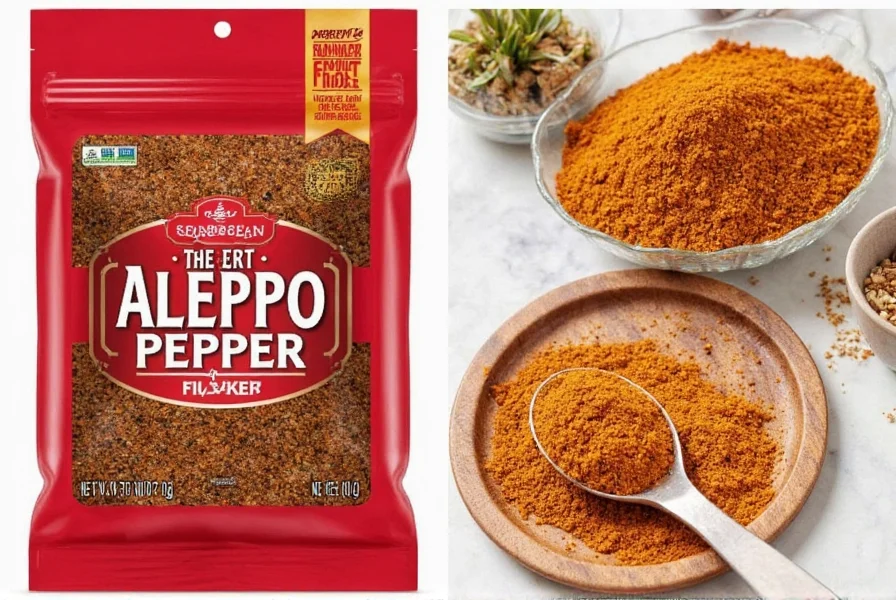

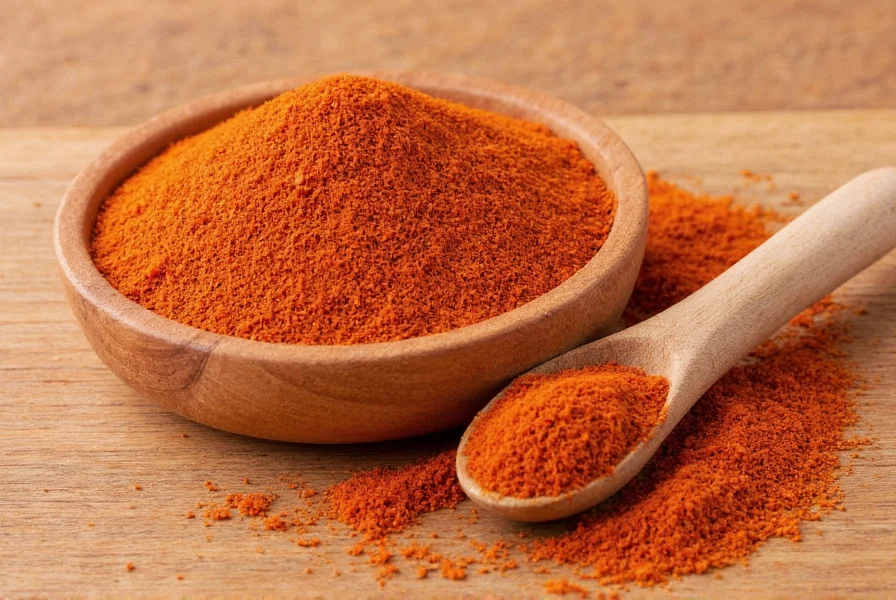









 浙公网安备
33010002000092号
浙公网安备
33010002000092号 浙B2-20120091-4
浙B2-20120091-4